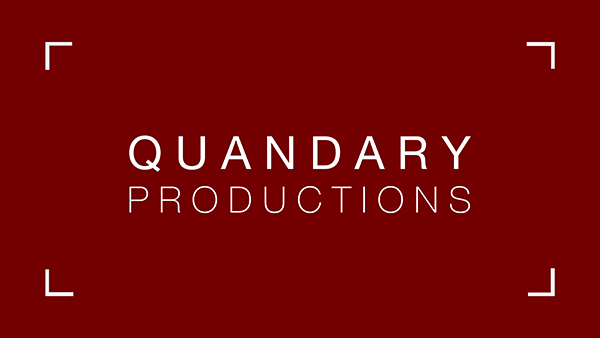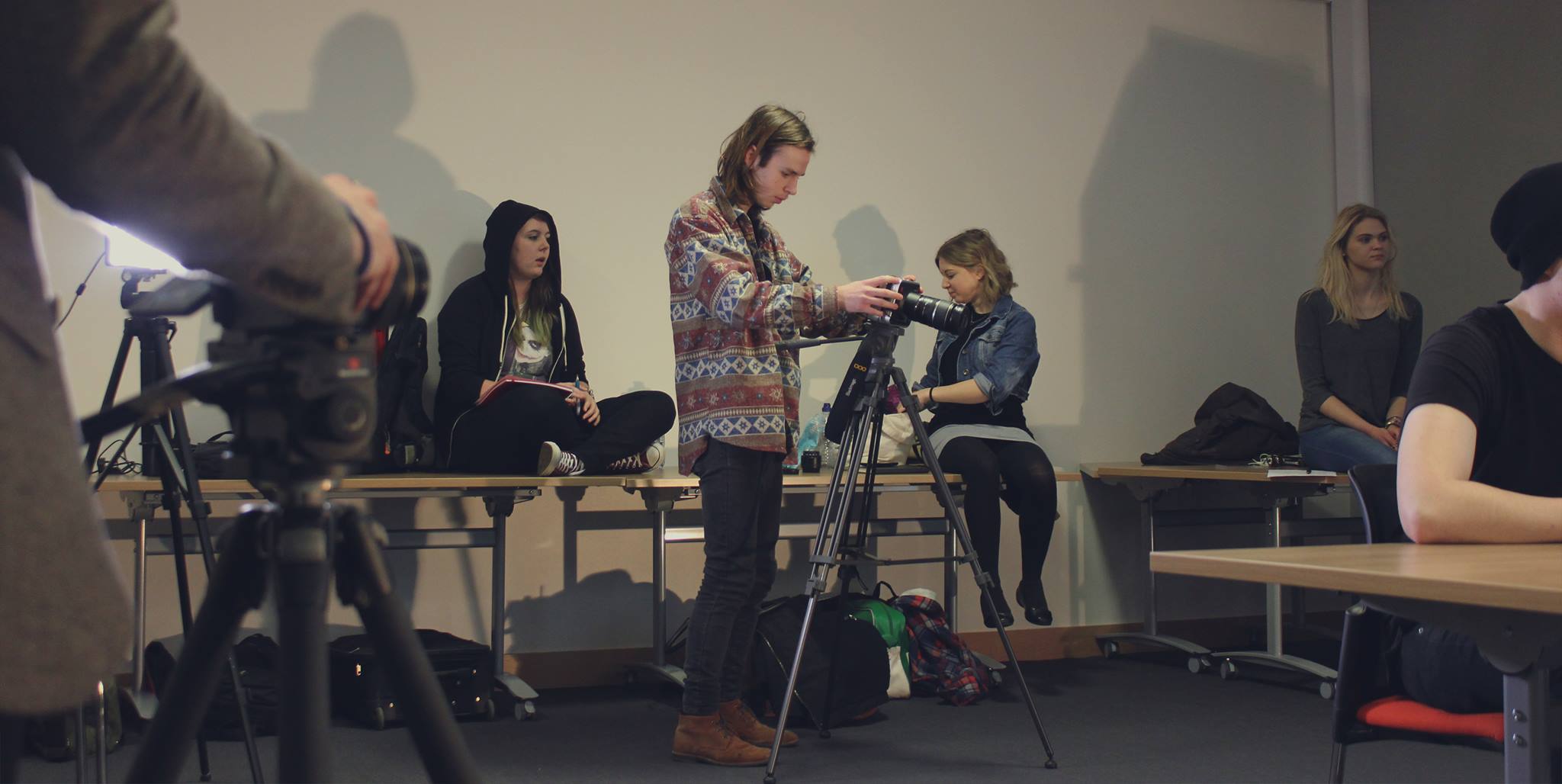The following is a transcript from this weeks tutorial video, for those who may have missed any information:
1) Cut on Movement
“As we mentioned in the previous video, the use of camera movement is not only common, but effective as a film-making tool. When cutting dolly, crane, Steadicam or handheld shots together, it’s best to cut on movement rather than at the end of it, so that the camera is in constant motion from one shot to the next. A general rule of thumb is to cut tighter and not let the audience’s eye rest on the set, shot or scene for too long…unless, of course, there’s a good reason to. ”
2) Save Versions As You Go
“When cutting down a film, it’s a good idea to duplicate sequences and save different iterations along the way, renaming them with sequential numbers (such as intro pass 1, intro pass 2 or simply third cut, forth cut… etc.) Generally each sequential pass is shorter than the previous. The theory behind this being if you ever need to retrieve a clip or sound bite from a previous cut, it’ll be there ready and waiting. You never know when you’ll need to go back to save your film from over-cutting.”
3) Match On-Screen Action
“Ensuring actors’ hand positions, eye-lines, stage positioning, and props from one cut to another match up will maintain continuity and not distract an audience from what’s important during the scene. I’m not saying you should always do this though. You’ll have to use your judgement. Sometimes the best take will be the one with a continuity error. A mismatch that is too extreme can be very jarring to the audience though so bear that in mind. ”
4) Use Keyboard Shortcuts
“Knowing your software’s shortcuts can save so much time when it comes to editing. For the shortcuts to Premiere Pro pause & screengrab now. For the shortcuts to Final Cut pause & screengrab now”
5) Know Your Techniques!
“Editing is a skill like any other. Knowing what tools are at your disposal and when to use them makes all the difference. A Jump cut – is when you remove a portion of the footage, usually from a singular camera position, giving the effect of jumping forwards in time. A Match cut – is when you edit between two different spaces, or compositions, in which objects in the two shots graphically match, to establish continuity of action and link the two. Crosscutting – is the technique of alternating between two or more scenes that appear to be happening simultaneously but in different locations. Usually to maintain interest, provide the audience with information that characters are unaware of, or to create new meanings by juxtaposing images. Using these three skills and educating yourself about more techniques will only serve to improve the quality of your work.”
6) Shape the Story
“It’s said that there’s three films: the one that’s scripted, the one that’s been filmed and the one that’s edited. When you cut a film, pay close attention to the story chronology and don’t be afraid to veer from what was written or filmed if it makes sense to do so. Many editors use note cards on a storyboard wall to create a quick visual representation of the storyline. This helps you make sure that you reveal things to the audience in the most logical order and that nothing is inadvertently edited out of place.”
7) Try the Slow-Burn Approach
“One of the biggest issues with many editors today is that they over-do their cuts. In other words, they are scared to land on a shot for more than a few seconds at a time, and end up cutting together scenes with shots averaging only 1 or 2 seconds in length. When your entire edit looks like this, you wind up with a final product that no longer feels like a complete film, but instead feels more like a music video. Taking the opposite approach is much more bold and can pay off massively if done right. If you’re able to hold on a wide or two shot for the duration of a scene (or at least most of it), why not try that instead?”
8) Create a Rhythm
“Like music, editing must have a beat or rhythm to it. Timing is everything. If the rhythm is off, your edit will look sloppy, a bad cut can be ‘jarring’ to an audience. Try to keep the cut tight and interesting. Much like Tip 7, getting the timing right for the overall pace of a film, as well as a scene, is essential to retain audience attention, and tell the story effectively without disruption.”
9) Step Away from the Edit
“Spending hours editing, it’s easy to become desensitized to the material. So it’s important to take a break and return with fresh eyes. This can help you maintain your sense of audience and help you do your best work. Watch a film or read a book, just don’t trap yourself in the edit suite and wait to go mad…”
10) Focus on Emotion
“How an audience feels when watching a film should always be more important that impressing them with performance, camera, or editing. Walter Murch (arguably one of the greatest editors of all time) believes that “Emotion is the thing that you should try to preserve at all costs”. One way to do this is to avoid the tendency to show who is talking, wait til they stop, and then cut to the next person for their reaction. This drains emotion from a scene and screams amateur! Spending more time on the reaction of the person who is being talked to as we hear the voice of the other continue, lets your audience pick up on intricacies of the actors performances that would have disappeared in the chaos of cutting back and forth too often. When you make a cut you need to consider if it adds to that emotion or subtracts from it. So decide before a cut – how do you want the audience to feel?”
If you have any further questions, please don’t hesitate to contact us

